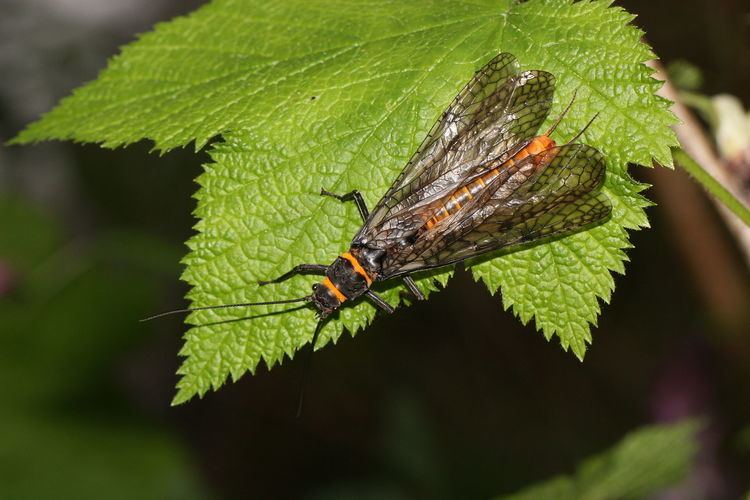Rank Species | Suborder Systellognatha Scientific name Pteronarcys californica Higher classification Pteronarcys Order Stoneflies | |
 | ||
Genus PteronarcysNewman, 1838 Similar Pteronarcys, Stoneflies, Pteronarcyidae, Peltoperlidae, Perlidae | ||
Giant stonefly salmon fly pteronarcys californica rock creek montana usa
Pteronarcys californica is a species of insect in the family Pteronarcyidae, the giant stoneflies and salmonflies. It is known commonly as the giant salmonfly.
Contents
- Giant stonefly salmon fly pteronarcys californica rock creek montana usa
- Characteristics
- Range and habitat
- Emergence
- References
Characteristics
P. californica nymphs, or larvae, can grow to lengths in excess of 5 centimetres (2 in). The nymphs' dorsal side (back) is dark in color, although their ventral side (belly) is lighter. The coloring can vary, and subtle patterns are occasionally found on the abdomen. They are detritivores, eating stream debris partially broken down by other organisms. They are "shredders" as a functional feeding group, breaking down large bits of detritus into smaller while feeding. The adults are also large, and the abdomen, leg joints, and several thorax joints are a bright orange color. Two pairs of large wings, kept flat against the body when at rest, are nearly as long as the body.
Range and habitat
P. californica is found across western North America, from British Columbia to California. They live in higher-velocity streams and rivers, on medium to large-sized unconsolidated substrates.
Emergence
The nymphs live three to four years in the water before emergence. Immediately prior to emerging, the nymphs congregate near the shoreline in shallow water on partially exposed rocks. To emerge, the nymphs crawl from the water to rocks or the shore, and split the nymphal exoskeleton. The adults emerge from the exuviae ready to mate.
The emergence is also followed closely by fly-fishermen, and is one of the highlights of the spring fishing season.
